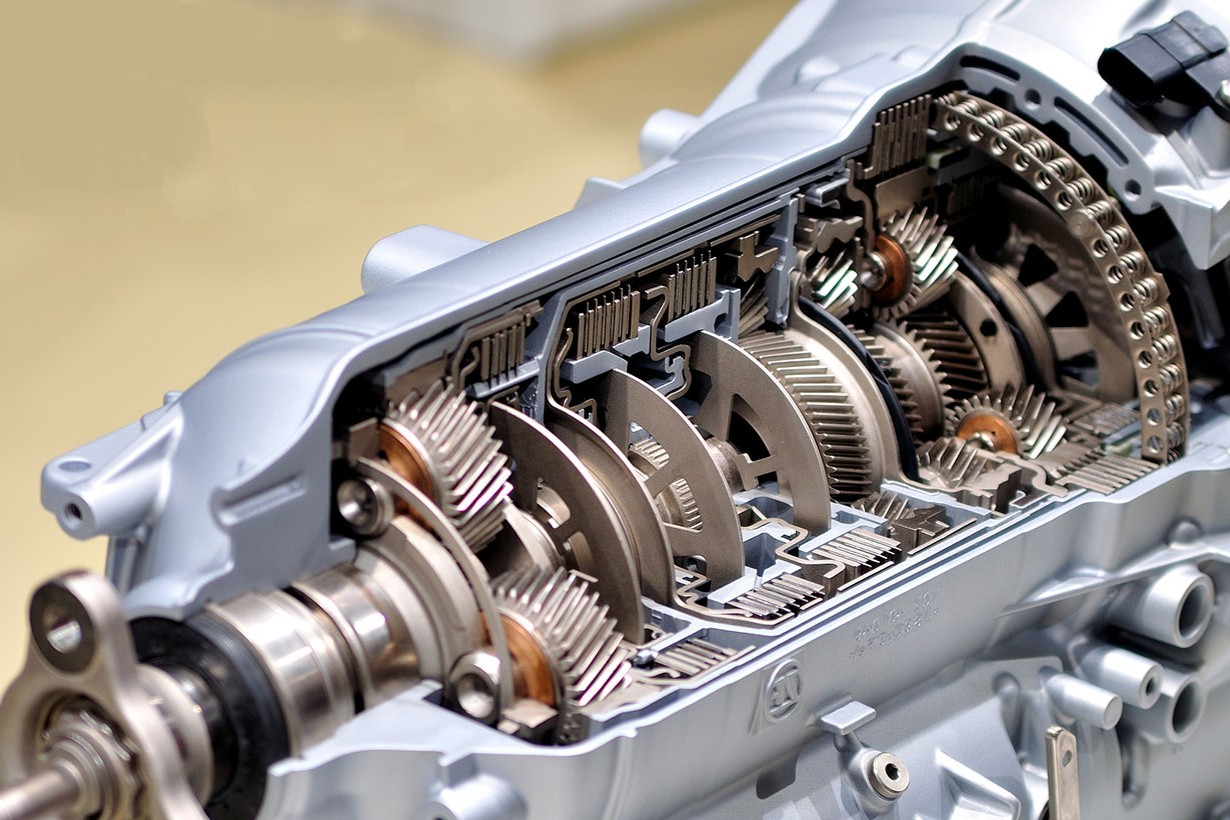
Gearboxes are essential components in many machines, from cars to wind turbines. But what makes them so important? Gearboxes help control the speed and torque of mechanical systems, ensuring they run smoothly and efficiently. Without them, engines would struggle to perform optimally. These mechanical marvels come in various types, including manual, automatic, and continuously variable transmissions (CVTs). Each type has its unique advantages and applications. For instance, manual gearboxes offer greater control, while automatic ones provide ease of use. CVTs, on the other hand, deliver seamless acceleration. Understanding the intricacies of gearboxes can help you appreciate their role in modern technology. Ready to learn more? Let's dive into 34 fascinating facts about gearboxes!
What is a Gearbox?
A gearbox is a mechanical device used to increase torque while reducing speed. It consists of a series of gears that work together to achieve this. Gearboxes are essential in various machines and vehicles. Let's dive into some fascinating facts about gearboxes.
-
The first gearboxes were used in windmills during the 17th century to convert wind energy into mechanical energy.
-
Gearboxes are also known as gear reducers or gear drives.
-
The primary function of a gearbox is to change the speed and torque of a motor.
-
Gearboxes can be found in almost every type of machinery, from cars to industrial equipment.
Types of Gearboxes
There are several types of gearboxes, each designed for specific applications. Understanding these types can help you appreciate their versatility.
-
Manual gearboxes require the driver to manually shift gears using a clutch and gear stick.
-
Automatic gearboxes shift gears automatically based on the vehicle's speed and load.
-
CVT (Continuously Variable Transmission) gearboxes provide a seamless range of gear ratios, improving fuel efficiency.
-
Dual-clutch gearboxes use two separate clutches for odd and even gear sets, allowing for faster gear changes.
-
Planetary gearboxes consist of one or more outer gears (planet gears) revolving around a central gear (sun gear).
How Gearboxes Work
Gearboxes operate through a series of gears that mesh together to transmit power. Here's a closer look at their inner workings.
-
Gears in a gearbox are usually made from steel or other durable materials to withstand high stress.
-
The gear ratio determines the speed and torque output of the gearbox.
-
Lubrication is crucial for reducing friction and wear in gearboxes.
-
Bearings inside the gearbox support the gears and reduce friction.
-
Gearboxes can be designed to reverse the direction of rotation.
Applications of Gearboxes
Gearboxes are used in a wide range of applications, from everyday items to complex industrial machinery.
-
Automobiles: Gearboxes are essential for changing speeds and providing torque to the wheels.
-
Wind turbines: Gearboxes convert the slow rotation of turbine blades into faster rotation for electricity generation.
-
Conveyor systems: Gearboxes control the speed and torque of conveyor belts in manufacturing plants.
-
Robotics: Precision gearboxes are used in robotic arms for accurate movement.
-
Marine engines: Gearboxes in ships and boats help control the speed and direction of the vessel.
Maintenance of Gearboxes
Proper maintenance is key to ensuring the longevity and efficiency of gearboxes. Here are some important maintenance tips.
-
Regularly check and change the gearbox oil to ensure proper lubrication.
-
Inspect gears and bearings for signs of wear or damage.
-
Keep the gearbox clean to prevent dirt and debris from causing damage.
-
Monitor the temperature of the gearbox to prevent overheating.
-
Ensure that seals and gaskets are intact to prevent oil leaks.
Innovations in Gearbox Technology
Advancements in technology have led to significant improvements in gearbox design and performance.
-
3D printing is being used to create lightweight and complex gearbox components.
-
Smart gearboxes equipped with sensors can monitor their own performance and predict maintenance needs.
-
Electric vehicles use specialized gearboxes designed for high efficiency and low noise.
-
Magnetic gearboxes use magnetic fields instead of physical gears, reducing wear and tear.
-
Adaptive gearboxes can adjust their gear ratios in real-time based on driving conditions.
Fun Facts About Gearboxes
Gearboxes have some interesting and lesser-known aspects that might surprise you.
-
The world's largest gearbox is used in a wind turbine and weighs over 70 tons.
-
Some high-performance sports cars use gearboxes that can shift gears in milliseconds.
-
The term "gearhead" originally referred to someone who was fascinated by gearboxes and mechanical systems.
-
In space exploration, gearboxes are used in rovers and satellites to perform precise movements.
-
The oldest known gearbox was discovered in a Roman shipwreck and dates back to the 1st century BC.
Gearboxes: The Heart of Machinery
Gearboxes are more than just mechanical parts. They’re the backbone of countless machines, from cars to wind turbines. Understanding their role helps us appreciate the engineering marvels around us. Gearboxes convert speed and torque, making sure machines run smoothly and efficiently. Without them, many of our daily conveniences would grind to a halt.
From their humble beginnings in ancient times to the advanced designs we see today, gearboxes have evolved significantly. They’re a testament to human ingenuity and the relentless pursuit of progress. Whether it’s the precision of a watch or the power of an industrial machine, gearboxes play a crucial role.
Next time you see a machine in action, remember the gearbox working tirelessly behind the scenes. It’s a small component with a big impact, driving the world forward one rotation at a time.
Was this page helpful?
Our commitment to delivering trustworthy and engaging content is at the heart of what we do. Each fact on our site is contributed by real users like you, bringing a wealth of diverse insights and information. To ensure the highest standards of accuracy and reliability, our dedicated editors meticulously review each submission. This process guarantees that the facts we share are not only fascinating but also credible. Trust in our commitment to quality and authenticity as you explore and learn with us.
